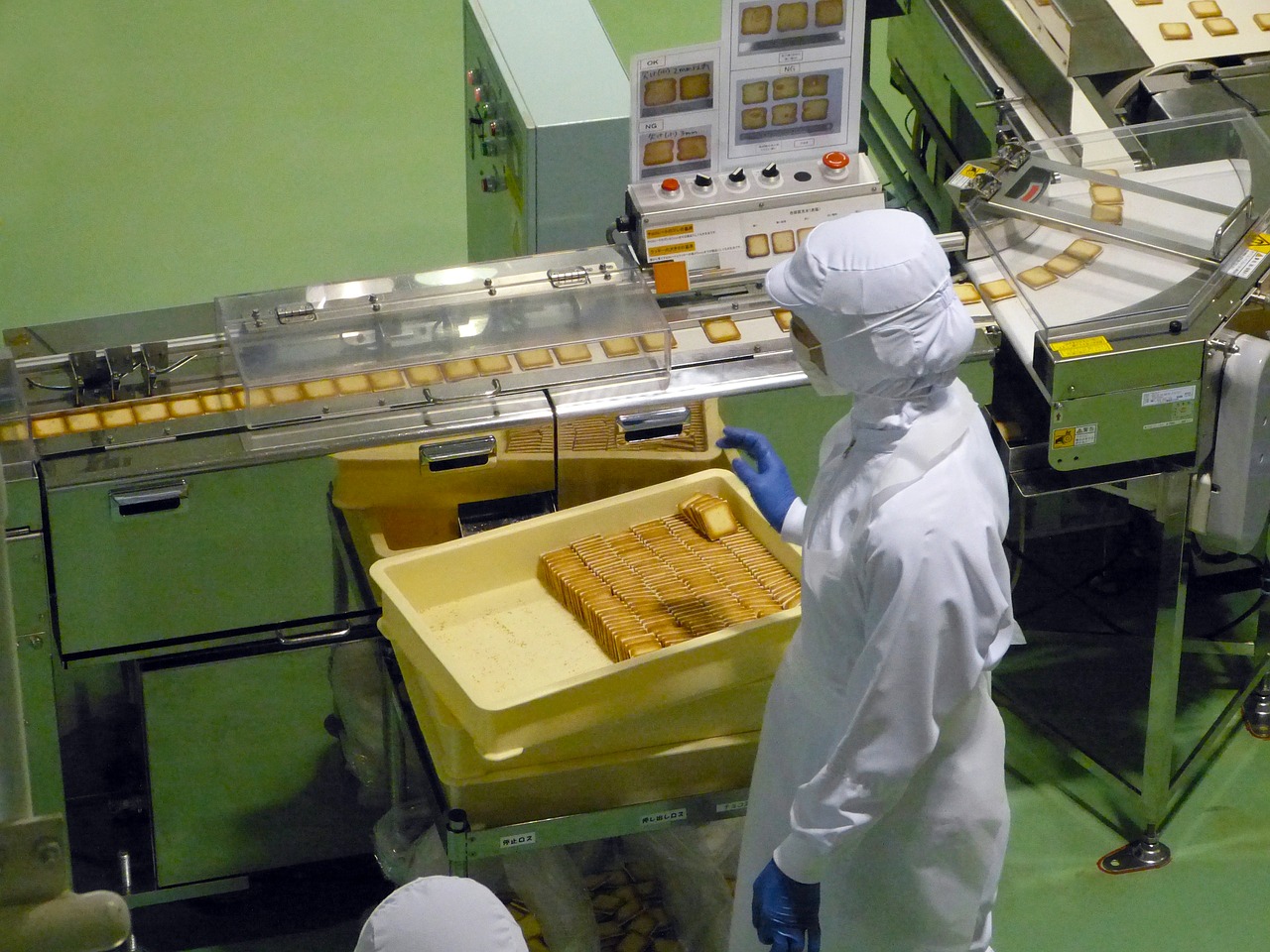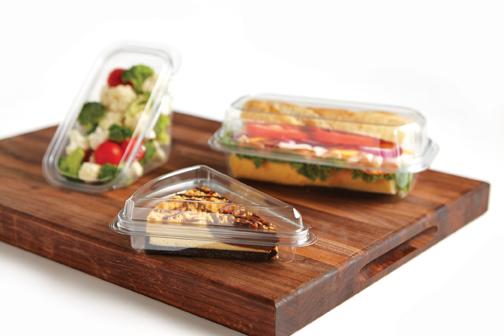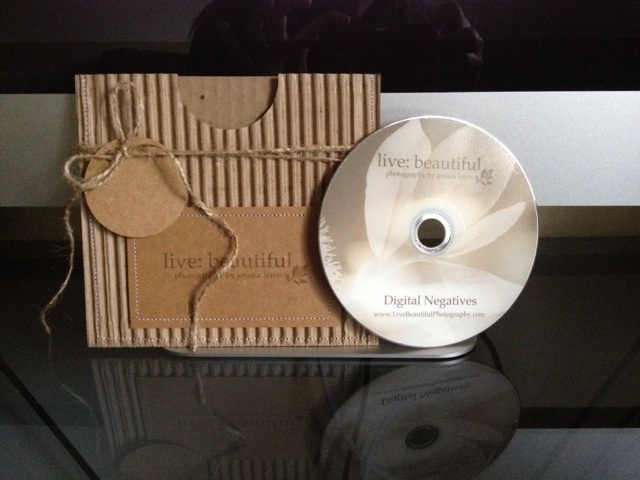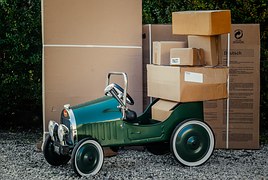Part of meeting the demands of your target market in the packaging industry – liquid packaging manufacturing – is to build the machinery apt for producing safe, durable packaging with the right aesthetics, in concurrence with your brand strategy.

To the startup entrepreneur or manufacturer, this might seem like a meticulous task.
This article is about three general areas that will provide the budding industrialist with the solutions necessary to overcome the hurdle.
1. Product
Designing or purchasing a filling machine for loading a liquid product will need data on viscosity of the product, lather produced, the effect of temperature gradient, and other similar, unique characteristics.
As an example, thin, free-flowing products without any other unique properties will likely be easily packaged using machines that work either on gravity or overflow filling principle.
The type of the product also plays a role in choosing the best fit machine. For example, many products that contain alcohol will require accurate volumetric fills. A non-alcoholic beverage might use a slightly less accurate instrument.
These type of products might focus more on brand appeal than accuracy.
2. Industry
The segment or area of application within the sector plays a vital role in affecting your decision.
As an example, Food & Beverage and Pharmaceuticals always demand container cleaning equipment as an added feature in a packaging line in order to protect the products against contamination (dust, debris or pathogens).
Even the equipment itself might require protective layers, especially while operating in a harsh chemical environment. Plastic corrosion-resistant power conveyors and other equipment are few of the replacements you can consider for your metal-build equipment.
3. Packaging Material
The package can be of any material, shape and size. Each of these attributes would have different effects on different types of packaging machines.
Take large bottles for example. Fitting them on your packaging line them may require you to machine an adjustment to the fill bar on a standard filling machine or to use double gripper belts on a standard spindle capping machine.
Even the type of seal needed would help determine the type of capping machine to be used.
Shipping products as a bulk contingent instead of individual items would require a shrink wrap machine.
4. Demand
Increasing demand for a special packaging materials commands the necessity to speed up the packaging line.
As an example, small, regional markets don’t require any machine bigger than Tabletop equipment. This machine has a low footprint, which saves space.
You can even use low key machinery that can be upgraded in the future.
However, if you are serving the global market with a high demand for the product, a fully automated, load-to-palletise packaging line may be ideal.
Demand for expeditious supply increases the need for automation.
Conclusion
There are many more questions that need to be answered before you can choose your ideal machine that will catapult your business on to success.
However, analysing these basic areas will enable you to identify the best packaging solution.





